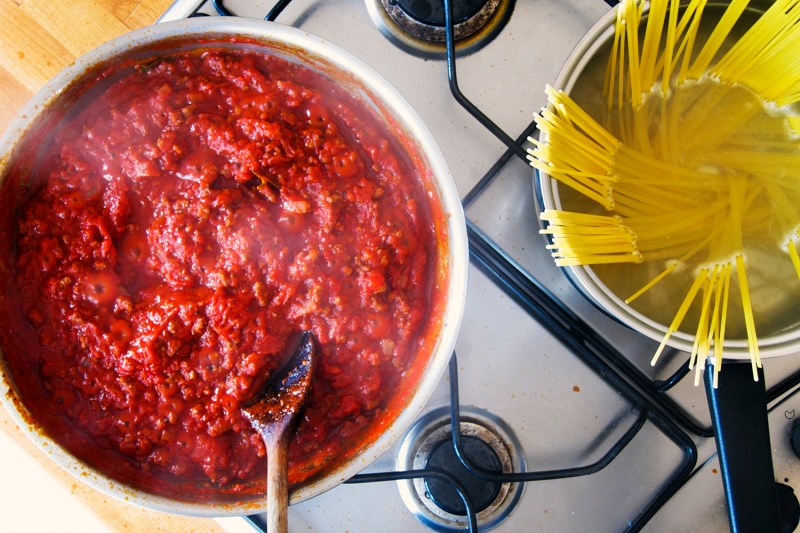I admit, it’s rare that a bottle of wine goes unfinished in my house, but it’s been known to happen on occasion. Especially after a small party or get-together when several bottles have been opened and there’s a splash of each leftover in multiple bottles. In these cases, rather than tossing it down the sink, I transform leftover wine into something special, be it a cocktail ingredient or a delicious marinade for my favorite flank steak recipe. Leftover wine is basically my kitchen secret weapon, as there are so many delicious ways to repurpose it. Whether it’s red, white, or rosé, a splash of leftover wine always finds a way to make itself useful. These are my favorite ways to use up that extra splash or two.
Wine ice cubes

Turning wine into ice cubes is a low-effort task with a high-impact payoff, especially when cocktail hour rolls around. Just pour your leftover wine into an ice cube tray, freeze, and pop a few into spritzes, sangrias, or even a boozy granita. White, red, rosé — it all works, and each brings its own nuance depending on the cocktail. Bonus: Wine ice cubes keep your drinks cold without watering them down, which makes them as practical as they are pretty.
Sangria

Leftover wine is practically begging to be turned into sangria, and in my house, I never argue. It’s without a doubt the most delicious way to give that half-empty bottle new life. Just pour it into a pitcher, add a handful of chopped fruit (citrus, berries, stone fruit — whatever’s hanging out in the fridge), a splash of brandy or orange liqueur, and maybe a little juice or soda water to round it out. Let it chill in the fridge so the flavors can meld, and by the time you’re ready for a glass, you’ve got a vibrant, fruit-soaked drink that feels far more intentional than it actually was.
Marinades

Leftover wine makes an exquisite marinade. It’s rich, acidic, and just the right kind of indulgent to a dish. Red wine gives depth to beef or lamb, while white wine adds a crisp, brightness to chicken and seafood. Just mix a little wine with a splash of olive oil, a clove or two of garlic, maybe some mustard or herbs, and you’ve got an instant marinade that tenderizes while it infuses flavor.
Sauces

Leftover wine adds instant body, acidity, and that slow-cooked flavor to a sauce without the wait. A splash of red wine reduces beautifully with onions, garlic, and a knob of butter for a steak sauce that feels straight out of a high end restaurant. White wine is perfect for deglazing a pan after searing chicken or shrimp, especially with a hit of lemon and cream. The key is to let it simmer and concentrate, turning whatever’s left in the bottle into something glossy, rich, and deeply savory. It’s the kind of move that makes Tuesday night dinner taste like something special.
Poaching

Poaching in leftover wine is one of those quietly luxurious kitchen moves that feels way fancier than it is. A gentle simmer in red wine turns pears into something sultry and jewel-toned, especially with a cinnamon stick or a strip of orange peel in the pot. White wine, on the other hand, is magic for poaching fish or chicken — fragrant, delicate, and just acidic enough to keep things bright. It’s a low-and-slow method that adds depth without overpowering, and it’s a brilliant way to give that half-glass of wine lingering in the fridge a second act.




